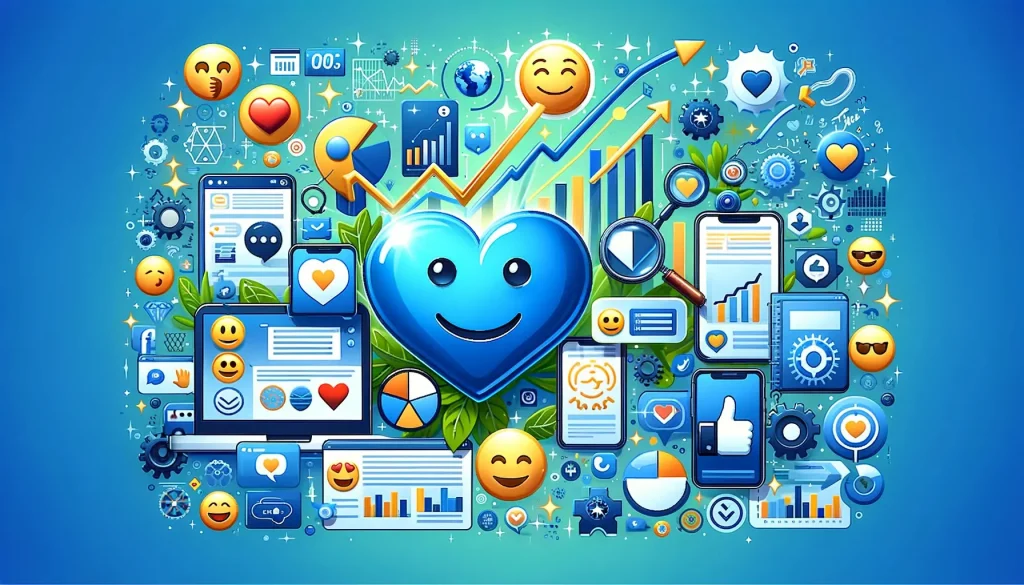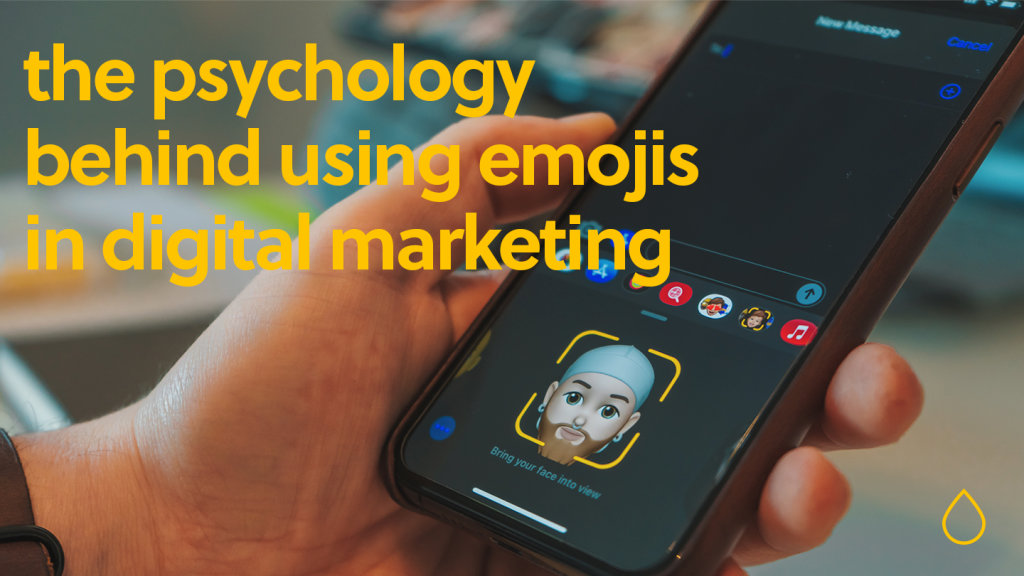In today’s fast-paced digital world, where texting and online messaging dominate, emojis have emerged as powerful communication tools. Though they may seem simple, emojis hold deep psychological value and can completely transform the way we express ourselves online. From social media to workplace chats, these small symbols play a huge role in how people interpret tone, emotion, and intent.
In this article, we will explore the psychology behind emojis, how they influence our digital conversations, and why smart usage matters. Plus, we’ll introduce a practical tool—our free Emoji Copy Paste tool at emojis hat makes using emojis in any setting easy and efficient.
What Are Emojis and Why Are They So Popular?
Emojis are visual representations of emotions, objects, and symbols used in digital communication. They help add tone and feeling to otherwise plain text. Without body language or facial expressions, online conversations can easily be misunderstood. Emojis help bridge this emotional gap, offering a universal way to express feelings clearly and quickly.
According to research, messages with emojis are more likely to be remembered and interpreted positively. This is why emojis have become a common language across platforms like Instagram, WhatsApp, Facebook, and even in professional communication tools like Slack or Microsoft Teams.
The Science: How Emojis Affect the Brain

Studies show that the human brain reacts to emojis similarly to how it responds to real facial expressions. This means emojis can trigger emotional responses and empathy, even in digital spaces.
For example:
- A smiling face emoji can make the receiver feel warmth and friendliness.
- A thumbs-up symbol can signal approval and encouragement.
- A sad face may instantly create a sense of sympathy or concern.
These reactions are not random. The brain processes emojis as emotional cues, which helps in improving understanding and emotional connection in messages. This is especially important in remote communication where non-verbal cues are missing.
Emotional Clarity: Why Emojis Help Avoid Misunderstanding
Digital messages lack tone and context. A sentence like “Sure, that’s fine” could be read as polite or passive-aggressive, depending on the reader’s mood. But add a positive emoji, and the meaning becomes clear.
This ability to clarify tone reduces miscommunication, especially in text-based interactions. Emojis offer emotional context that ensures your message is interpreted as intended. This is particularly useful in cross-cultural or multilingual conversations.
How Emojis Influence Social Media Engagement
Emojis don’t just express feelings—they also influence behavior. On social platforms, posts with emojis often receive higher engagement rates. Here’s how they help:
Increase visibility in crowded feeds
Make captions more appealing and easier to scan
Invite emotional reactions, prompting more likes, shares, or comments
Help build a consistent brand tone when used in marketing
Brands that use emojis appropriately are often seen as more approachable, relatable, and human.
The Role of Emojis in Building Digital Relationships

Whether it’s in casual chats or professional messaging, emojis can help strengthen relationships. They create a sense of intimacy and warmth, making the conversation feel more personal.
For example, using a heart symbol in a thank-you message adds sincerity. A waving hand can make a greeting feel friendly rather than robotic. These small touches build trust and closeness, even when you’re communicating through a screen.
Why Some Emojis Are Interpreted Differently
While emojis are widely understood, interpretations can still vary based on culture, age, or context. For example:
- A folded hands emoji may mean “thank you” in one region and “praying” in another.
- A laughing face might be seen as sarcastic or playful depending on the tone of the conversation.
Understanding the possible meanings of emojis is key to using them effectively. When unsure, it’s best to pair them with clear language.
Smart Usage: When and How to Use Emojis Effectively
To get the most out of emojis in digital conversations, follow these tips:
Know Your Audience
In professional settings, limit emoji use to maintain formality. In personal or social media chats, feel free to use expressive combinations.
Use Emojis to Complement, Not Replace, Words
Emojis should support your message—not substitute it entirely.
Avoid Overuse
Too many emojis can look unprofessional or childish. Stick to 1–3 relevant symbols per message unless the platform encourages heavy use (e.g., Instagram Stories).
Use Recognizable Emoji Combinations
Pick simple and commonly understood emoji sets for clarity. For example, a calendar emoji next to a date or a pin symbol with a location.
Test Emoji Impact on Engagement
Brands should test which emoji styles resonate most with their followers and adjust strategies accordingly.
Explore Our Emoji Copy Paste Tool for Easy Access
To make emoji usage easier across platforms, try our free Emoji Copy Paste tool at:
➡ https://file-converter.site/emoji-copy-paste
Key Features:
- Quick and easy access to all major emojis
- Categorized layout for faster browsing
- One-click copy function
- Mobile and desktop friendly
- No login or download required
This tool is perfect for content creators, marketers, social media managers, and anyone looking to improve their digital communication with minimal effort.
Final Thoughts: Emojis Are More Than Just Symbols
Emojis have become a vital part of how we interact online. Their psychological impact is real—they enhance emotion, increase clarity, and make conversations more human.
Whether you’re chatting with friends, building your brand, or engaging followers on social media, emojis offer a valuable layer of emotional expression. Used thoughtfully, they can transform your communication style and boost engagement.
Start using emojis like a pro with the help of our free Emoji Copy Paste tool today. Psychology Behind Emojis

